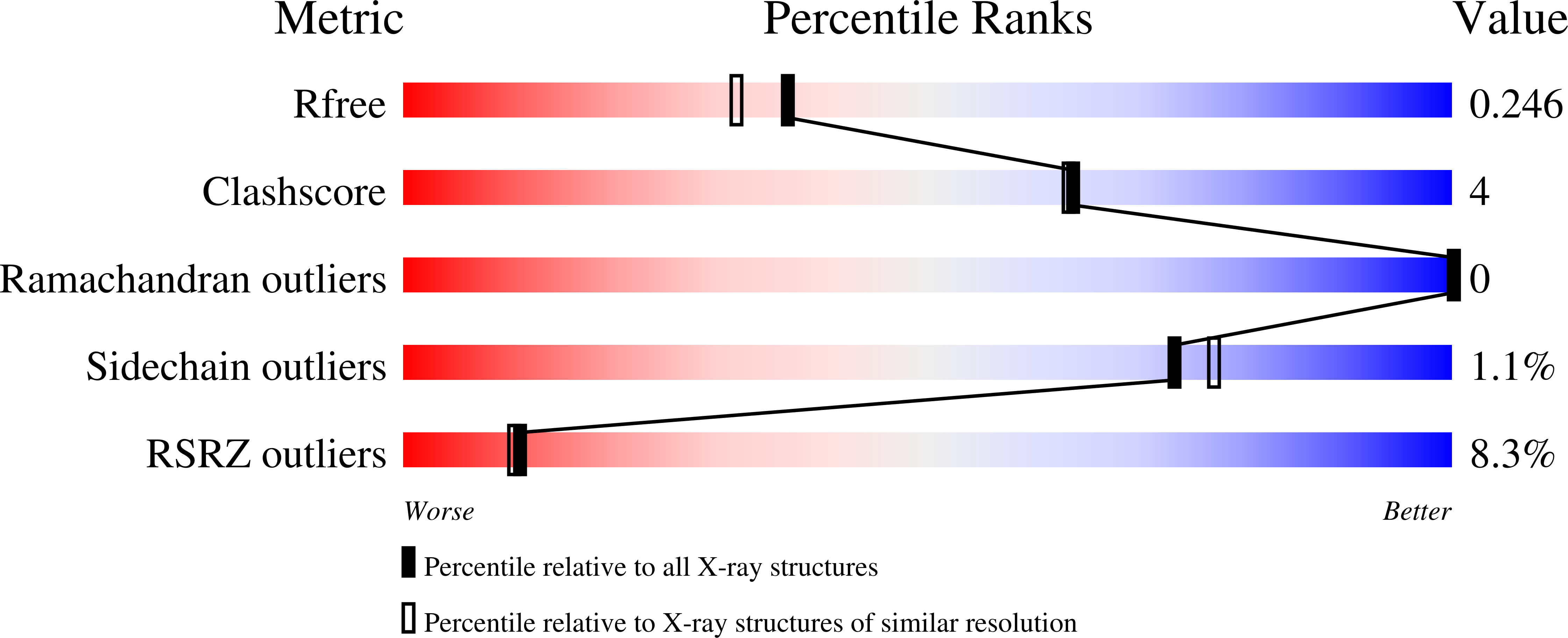
Deposition Date
2021-08-23
Release Date
2022-02-23
Last Version Date
2023-10-18
Entry Detail
PDB ID:
7RXQ
Keywords:
Title:
Crystal structure of junctophilin-2 in complex with a CaV1.1 peptide
Biological Source:
Source Organism:
Homo sapiens (Taxon ID: 9606)
Oryctolagus cuniculus (Taxon ID: 9986)
Oryctolagus cuniculus (Taxon ID: 9986)
Host Organism:
Method Details:
Experimental Method:
Resolution:
2.03 Å
R-Value Free:
0.25
R-Value Work:
0.20
R-Value Observed:
0.20
Space Group:
C 1 2 1


